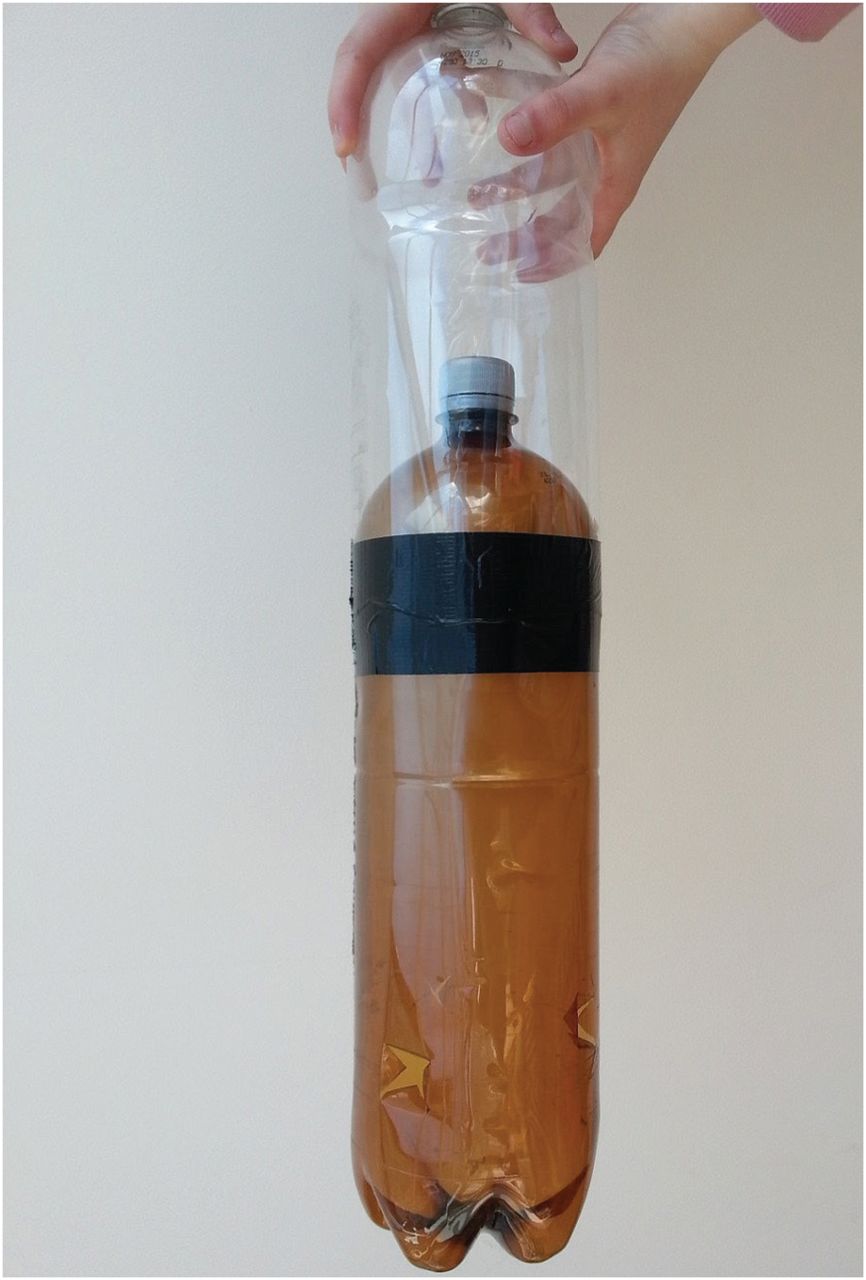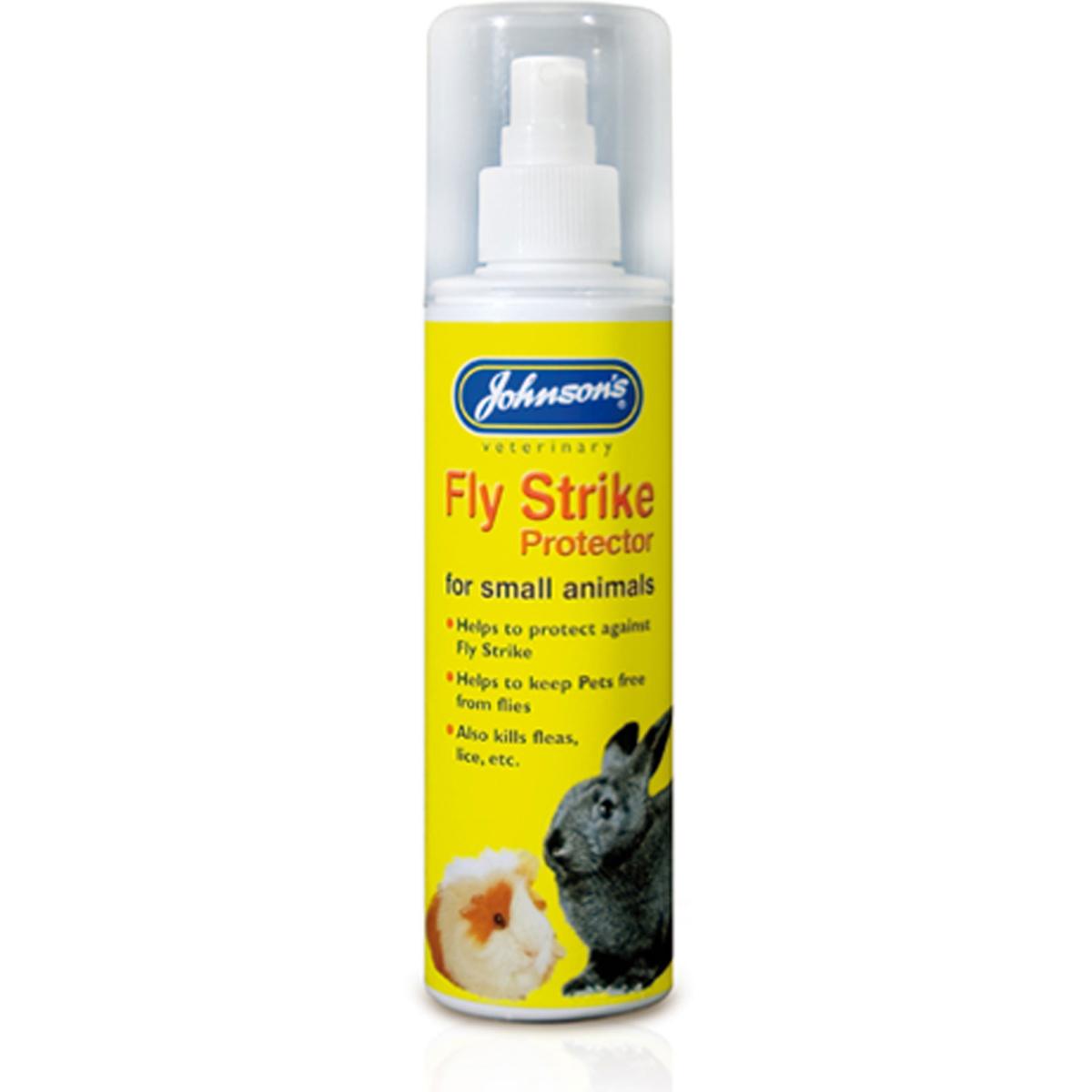
The most northerly latitude studied was at lower risk of blowfly strike than the most southerly (OR = 0.50, p < 0.001). Overall blowfly strike cases started earlier and peaked higher in the south of Great Britain. For every 1 ☌ rise in environmental temperature between 4.67 ☌ and 17.68 ☌, there was a 33% increase risk of blowfly strike, with cases peaking in July or August. Rabbits five years of age and over were more than 3.8 times likely to present for blowfly strike. Whilst sex and neuter status in isolation were not significantly associated with blowfly strike, entire female rabbits showed a 3.3 times greater odds of being a case than neutered female rabbits. Of the rabbits presenting with blowfly strike, 44.7% were recorded as being euthanized or died.Ī case control study was used to identify risk factors for blowfly strike in this population. Less commonly lesions were observed affecting other areas of the body (n = 9, 4.3%) and head (n = 8, 3.8%) in 83 consultations (39.9%), the affected area was not specified. The anatomical site of recorded blowfly strike lesions was overwhelmingly the perineal area (n = 109, 52.4%). Here we used text mining to screen electronic health records (EHRs) from a large sentinel network of 389 veterinary practices in GB between March 2014 and April 2017 for confirmed cases of blowfly strike in rabbits.īlowfly strike was identified in 243 of 42,226 rabbit consultations (0.6%), affecting 205 individual rabbits. Despite its severity, there has been minimal investigatory work into the disease in rabbits. In Great Britain (GB), Lucilia sericata is the primary causative species.


Blowfly strike is a devastating and often rapidly fatal disease in rabbits.


 0 kommentar(er)
0 kommentar(er)
